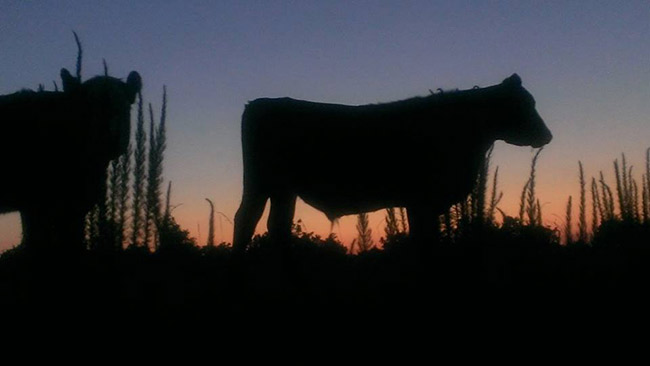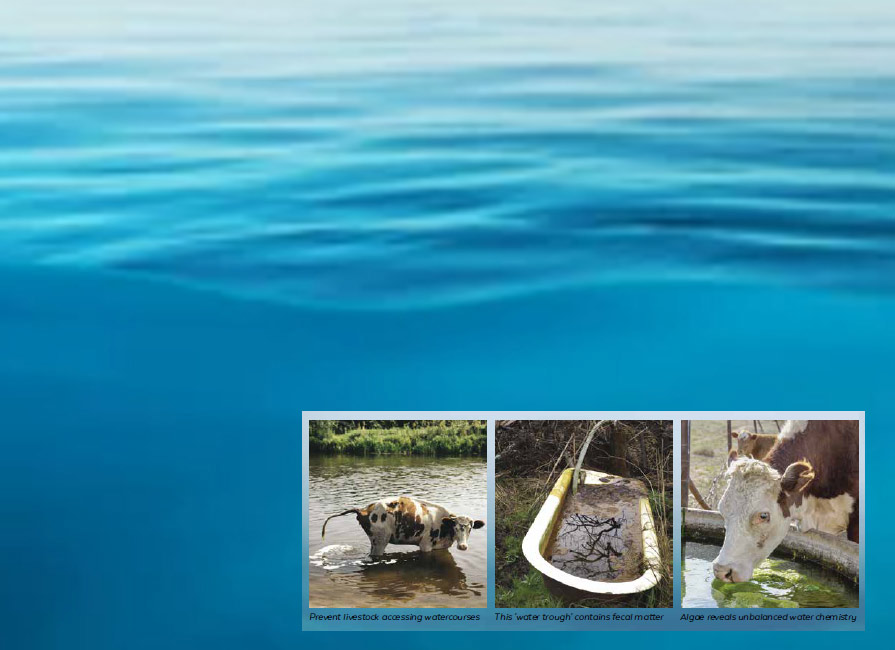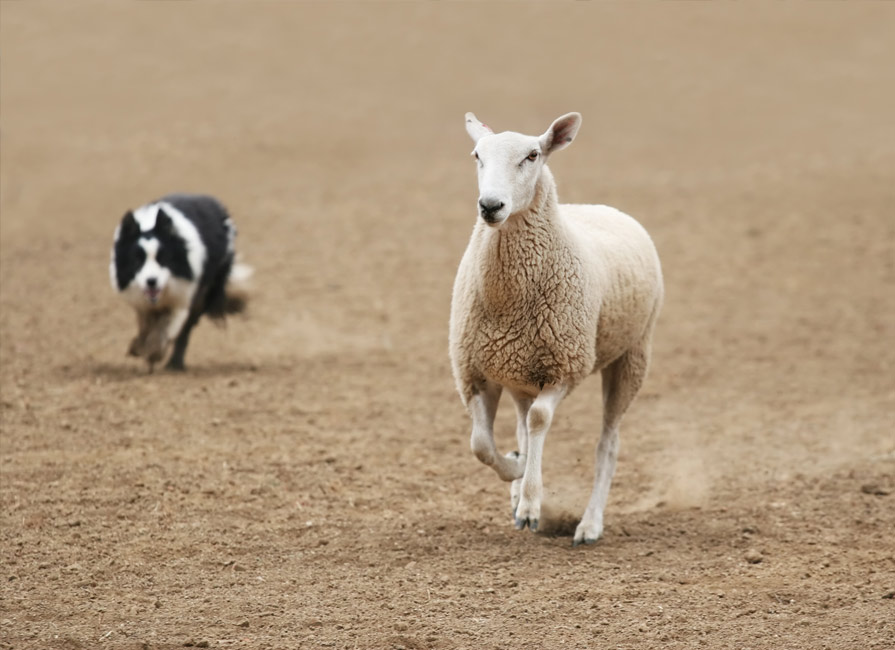Water is arguably the most important nutrient on earth. It is “the universal solvent,” providing…

Farming in the shadow of COVID-19: Plan and plan–and then plan some more
Following the global outbreak of COVID-19, we know that many farmers (particularly those who supply the hospitality sector) have lost the majority of their markets almost overnight. We also know some farmers with established home delivery services, online sales or farm shops have been inundated by desperate customers. At the same time, many of the services and supply chains that farmers rely on—think animal feed or veterinary services—are at risk of disruption.
Regardless of business model, many farmers are now in survival mode, forced to make rapid decisions that will impact the future of their farms.
How do you decide what to do when faced with a total market collapse that is sudden, unexpected, unavoidable and unplanned for? From experience, we know that when markets collapse that farmers must look objectively at their own unique situation in order to make realistic and honest decisions for the future. This takes discipline, as it can be hard to remain objective when one has so much of their identity and life invested in their farm—but it is also a necessity.
What is your market?
Farmers who are selling daily or weekly will have very different options to someone who sells monthly, quarterly or once a year.
Is it possible to delay marketing an animal? Producers raising pigs and poultry have few options once these animals are in a growth system, due to ongoing feeding costs—even if on a maintenance diet.
For farmers with ruminants, the coming spring could allow early access to pasture, taking the pressure off finding more land to keep animals and reducing feed costs. But delays in selling or moving stock can result in farms quickly run out of the lower cost pasture option to more costly conserved forage and feeding alternatives.
In either case, pastures and housing can fill up fast. Where freezer space is available, farmers can go ahead and slaughter and store. However, this presents additional risks if the market does not recover quickly enough or customers are seeking only fresh product.
What alternative markets are available?
Is home delivery an option? Or, more likely, can you work with existing distributors/marketers who are supplying local communities?
How secure are your markets?
Lifestyle markets and similar locations where large number of people gather in one place are subject to restriction, and some have closed. Will your current clients and outlets still exist or be able to buy from you in the future? It is an open question as to who will remain financially viable when everything settles and what marketing opportunities exist. Talk to your customers. Seek to minimise your exposure to risk, wherever possible.
Are the supplies and resources needed to maintain operation such as feed, slaughter capability, delivery and processing going to be available?
Supply chains are rightly being prioritised for human food; and we are already hearing animal feeds are taking (quite rightly) second seat to human feed. Veterinary services, feed suppliers, slaughter/processing facilities and other important services could also be reduced or shut down due to virus-related labour shortages, for example. Try to stay in touch with relevant suppliers and service providers. Talk to your vet about potential shortages of key products like medicines and disinfectants, and discuss possible mitigating strategies/alternatives.
How long will the current situation last?
At present there is no answer to this question. Try to listen to trusted sources for information for guidance.
How long will it take my farm to recover?
This will depend on your unique situation: your markets, how long the crisis lasts, any government action/support, personal resources available, and tolerance to debt and future income producing ability.
What is my current financial situation?
What resources can you bring to bear to help weather the current situation? How much access to capital do you have and what type?
What is my risk tolerance?
You are going to be making decisions based on imperfect information. There may be some facts, alongside educated guesses and some wild speculation on how things will unfold. You will be right on some of it and wrong on others, as will all the “experts” out there. Some people are more comfortable with higher uncertainty than others. Similarly, the tolerance of different levels of debt and risk will be different for everyone, too. You will have to decide how much you are willing to invest to keep the farm operating. How much of your own savings are you willing to risk, or money borrowed from others?
You need to make both short-term and long-term plans, based on questions above.
Situations like this are very fluid and plans must be adjusted based on the latest information. We must remember that sometimes things are simply beyond our control and that the best solution may also be the hardest. In the extreme, that might be to exit farming—or to shut down the farms’ direct marketing programme and try again once things have stabilised. Timing and where you are in life will make a big difference. If you have good markets and are well-funded, the coronavirus outbreak may represent a bump in the road. If you just started farming and won’t be marketing until next year, then it all could be forgotten by then. But if you were already struggling and are resource-scarce it may be time to look to other options.
Every farmer needs to evaluate their situation based on their individual goals and resources available. By being prepared and planning ahead, you can lessen the impact of potential supply-chain interruption over the coming months. It is always better to make a decision based on the facts of your situation than to have it made for you.
Take a minute and ask yourself a few simple questions:
- Where does my animal feed come from and what supply interruptions could occur? Do I have sufficient on-farm supplies to see me through? What’s the lead time for ordering?
- What if I have to keep my animals on the farm for a prolonged period? Where will I put them? What would I feed them? And how much will that cost? Can I afford the cost?
- If my abattoir closes down, what alternatives exist? How do I communicate with my customers if my product may not be available?
- If my distributor or delivery service is forced to close how would I get product to my customers?
- If all of the things that could happen DO happen, have I got enough resources to be ready?
As always, let us know if we can help navigate this changing environment; we’re happy to help.
Wishing you well,
The AGW Team



